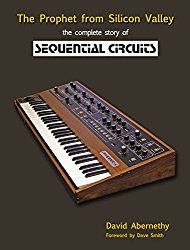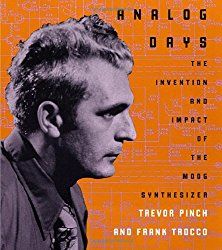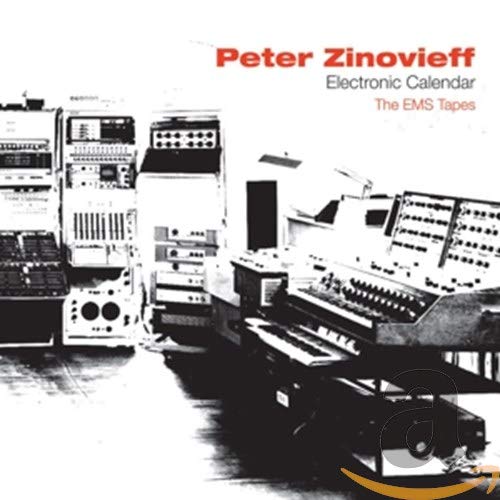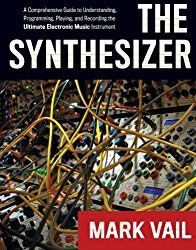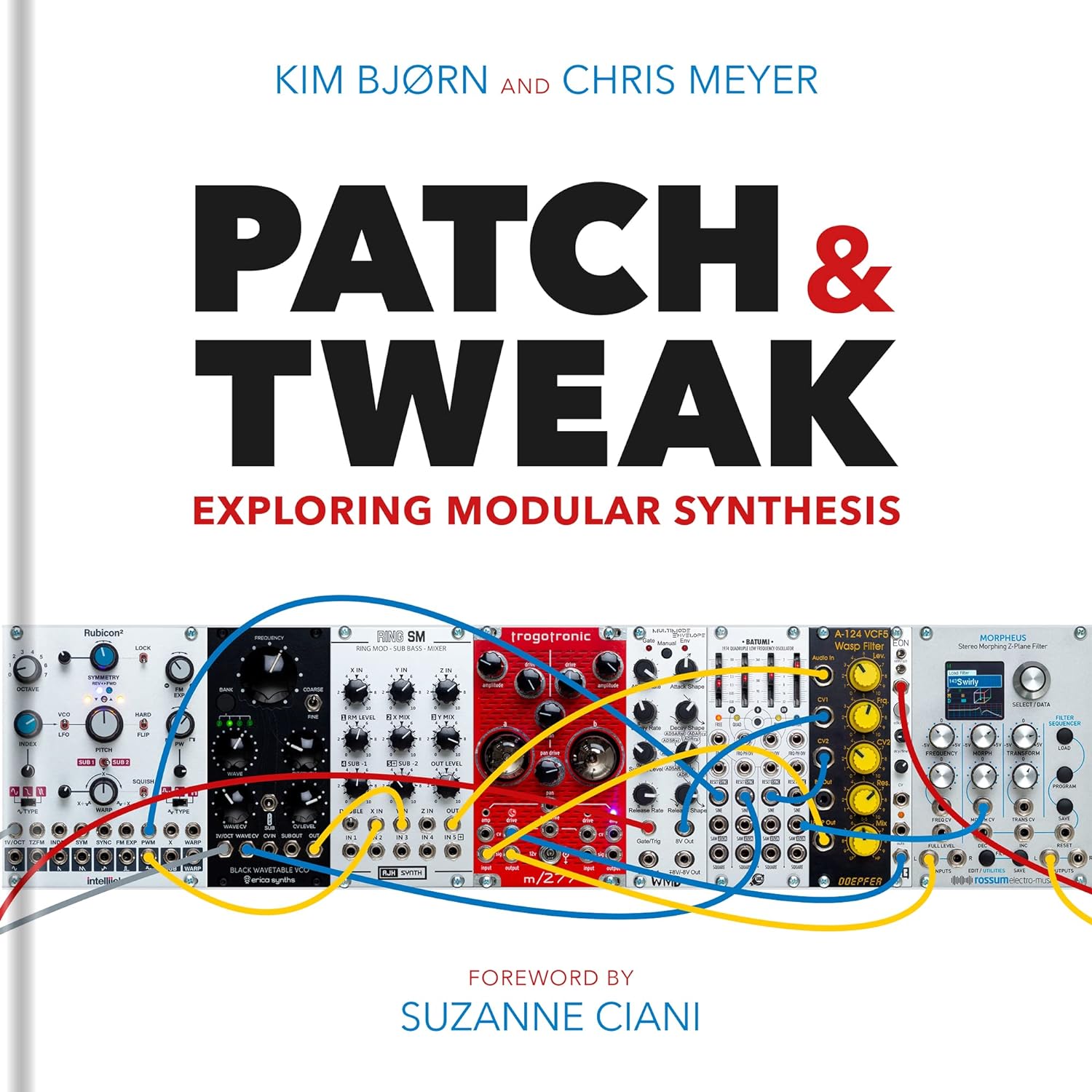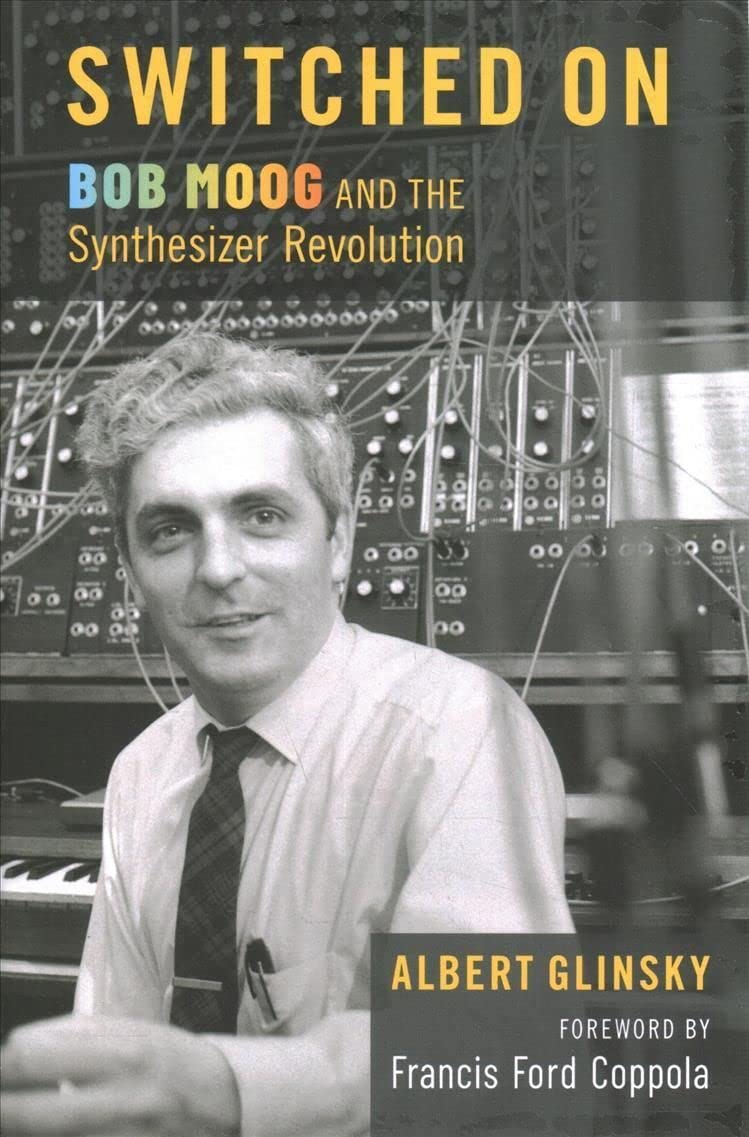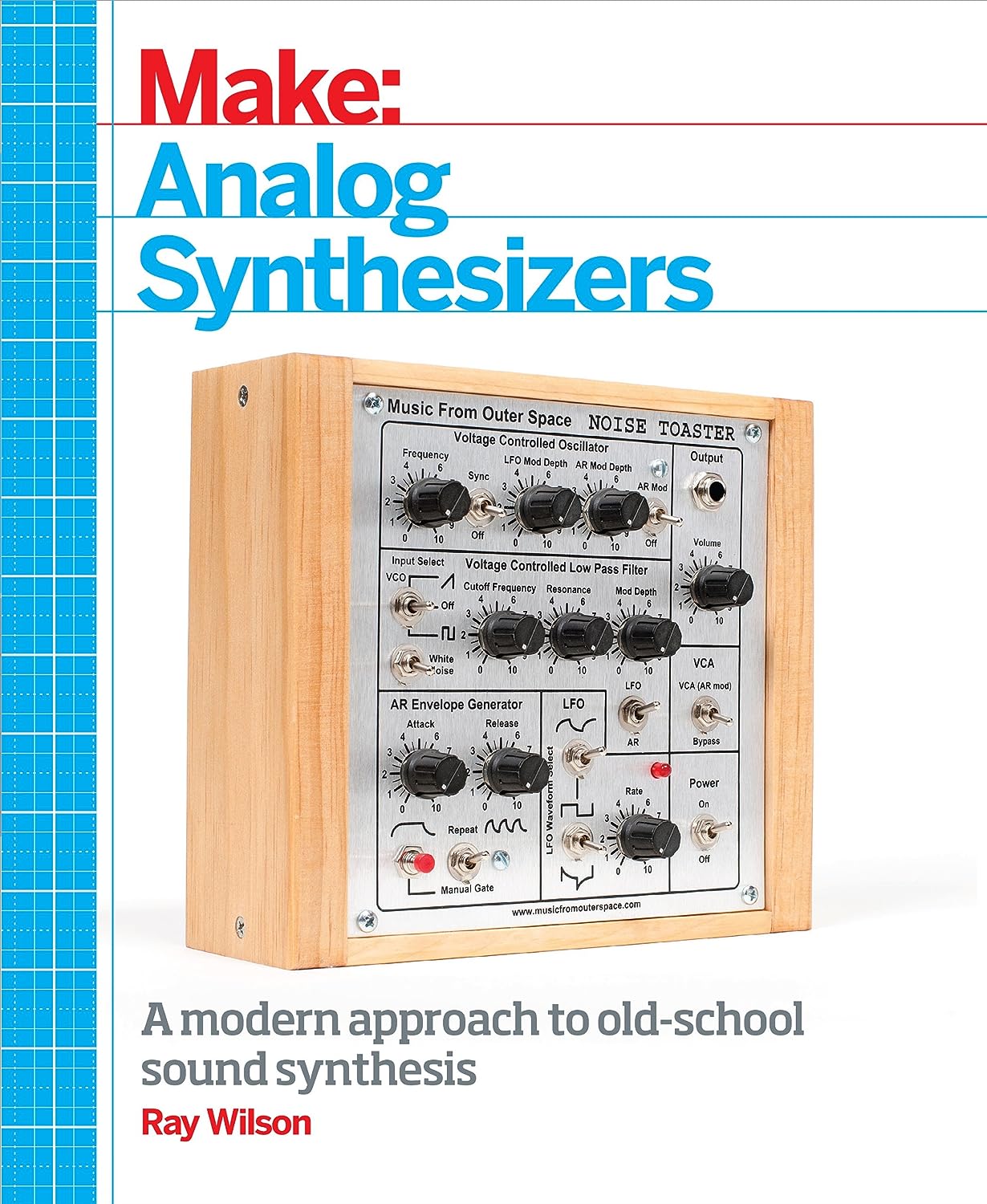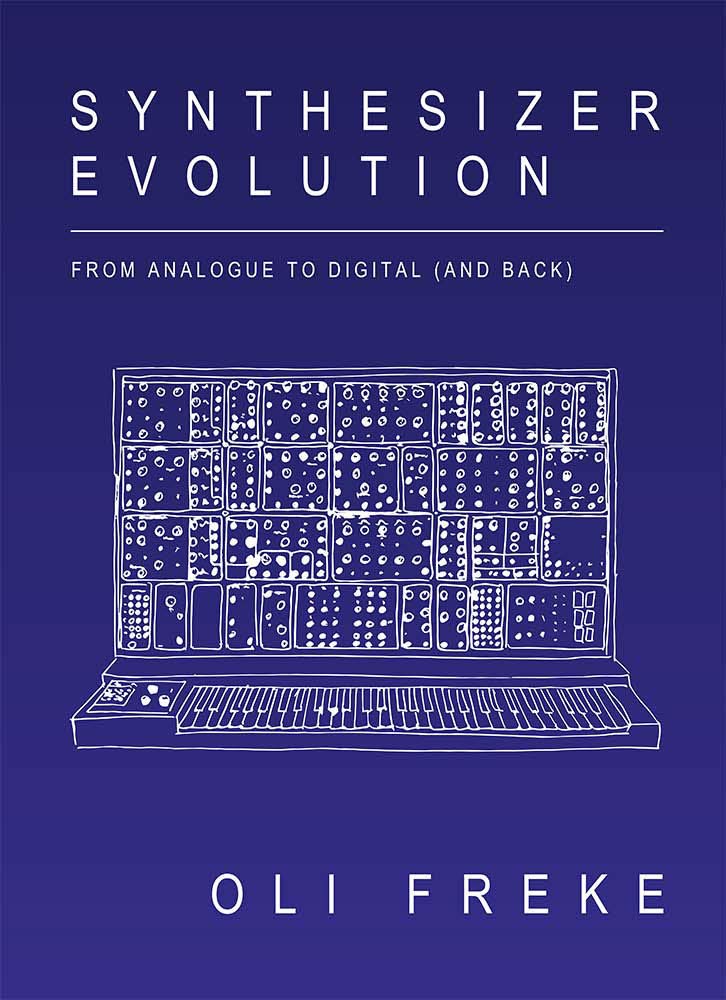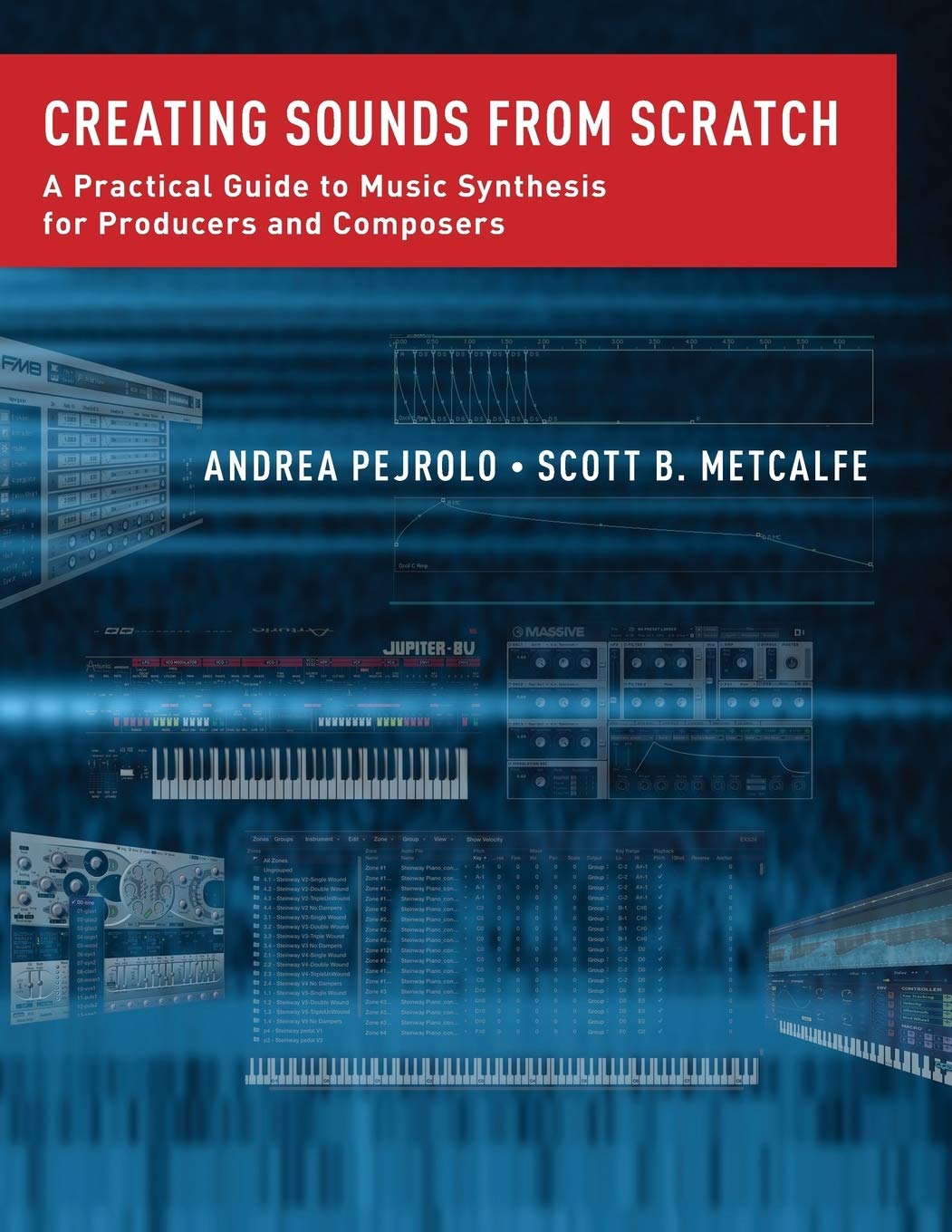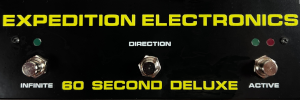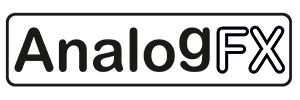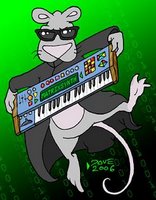
"Arturia’s SPARK software engine gathers steam to Version 1.6.1
GRENOBLE, FRANCE: music software and hardware company Arturia is proud to release Version 1.6.1 of SPARK, the latest software update to its SPARK Creative Drum Machine and SparkLE Creative Drum Machine hybrid hardware/software beat production centres, on March 25...
Quite simply, SPARK Creative Drum Machine revolutionised hands-on beat-making by cleverly combining TAE® (True Analog Emulation) synthesis, sample playback (with multiple layering modes and post- processing), and physical modelling technologies with the intuitive workflow of a hardware drum machine upon its June 2011 launch; NAMM 2013 subsequently saw Arturia taking this concept to the masses by introducing SparkLE Creative Drum Machine, an all-new, ultra-portable package sharing the same SPARK software engine.
Now, thanks to Version 1.6.1 of that already super-smart SPARK software engine, Arturia has improved the functionality of both SPARK Creative Drum Machine and SparkLE Creative Drum Machine as follows.
Firstly, SparkLE Creative Drum Machine owners benefit from an added accent button in the GUI and an added latch mode for the instrument FX Pad, which, when activated, assigns the P1 and P2 knobs to the instrument parameters (Volume/Pan, Cutoff Resonance, Aux1/Aux2), while pressing any of the three XY Instrument buttons turns off latch mode (returning the P1 and P2 knobs to their previous assignations).
Joint benefits also abound for SPARK Creative Drum Machine and SparkLE Creative Drum Machine users, including improving the MIDI Clock output, together with several bug fixes.
So, thanks to those Version 1.6.1 improvements, the time has truly come to ignite rhythmic creativity with SPARK Creative Drum Machine and SparkLE Creative Drum Machine. Super-size beat-making with the original or add a little sparkle? The choice is out there!
The SPARK Version 1.6.1 update can be downloaded directly for free from here"
Arturia Spark on eBay
Arturia Spart on ZZounds
Update: pics added.





